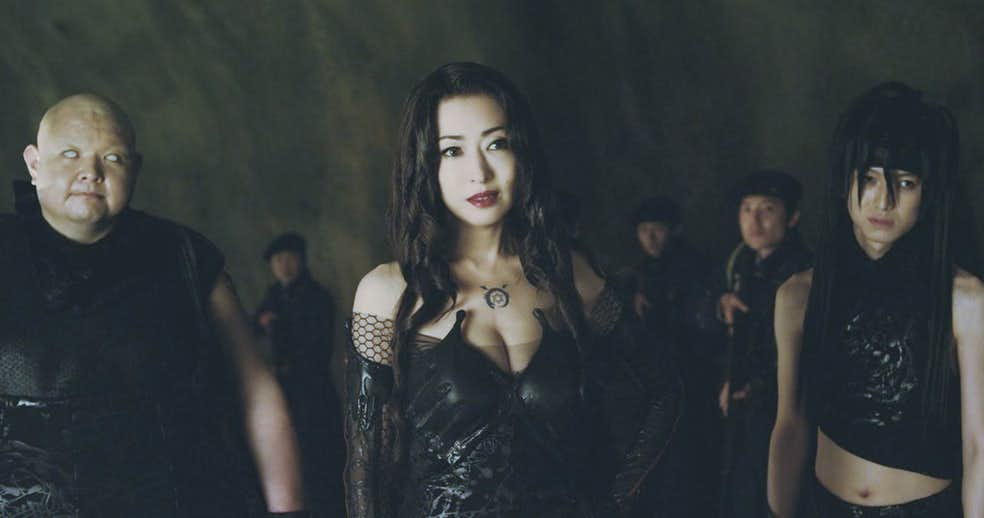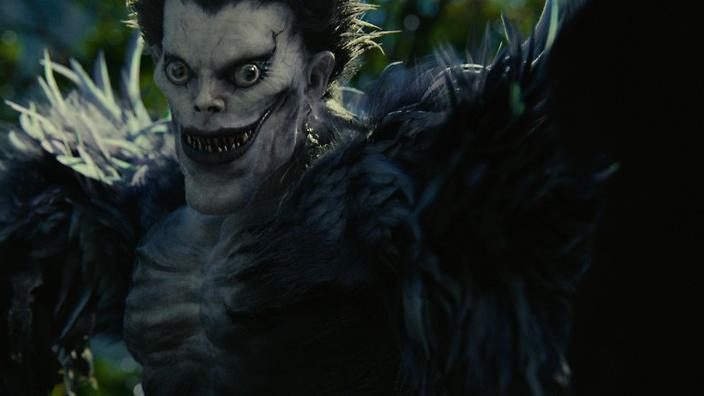
In the new media marketplace targeting Millennial nostalgia, classic and beloved anime titles have become hot properties for the green-light-happy streaming services, all fighting for the eyeballs and attention of young tastemakers. In theory, it’s a good idea, invest in properties that your target audience already loves—but there doesn’t seem to be any continuity for how to remake these anime titles, even within the same production studio. By way of example, I offer this useful guide on the right way and the wrong way to remake an anime favorite, examining two recent Netflix Originals, Death Note and Fullmetal Alchemist.
Representation matters. I know you’ve probably heard it before but it’s relevant to this discussion, so I’ll say it again: representation matters. Though it’s not a new notion, the success of Black Panther has “proven the model,” to use some business jargon, for films featuring non-white casts, playing non-white roles—but the issue of representation is still somewhat up in the air as it relates to anime, as even under the Netflix banner, these two films took opposite approaches.

Death Note followed the Hollywood standard recipe for remaking anime titles, conventionally known as “white-washing,” simply replacing the Japanese characters with their Caucasian equivalents (see also: Ghost in the Shell, Dragonball and Speed Racer for examples of this). In this way, the introspective and thoughtful Light Yagami became the whiney and impulsive Light Turner, who is bullied relentlessly because he reads books and doesn’t play sports.

While the original Light Yagami had a knack for foreseeing danger and outmaneuvering consequences, White Light seems to be defined by is utter lack of any foresight whatsoever and a tendency to claim the last word, even when he ought to say nothing. After being beaten down by a bully, rather than biting his tongue, White Light claims to have legal knowledge that any further assault would classify as child abuse—this is not remotely true and certainly doesn’t endear this misshapen ball of victimhood to the audience.
The real tragedy of Death Note’s Netflix remake is that the overall awfulness of the principal characters and continuity disasters that arose from smashing the original setting into the United States detract from a few aspects of the film that were actually done well. Lakeith Stanfield delivered a powerhouse performance as L and Willem Dafoe’s voice really worked well for Ryuk—but their individual efforts don’t manage to make this dumpster fire watchable.

Fullmetal Alchemist, on the other hand, was shot in Japan, with a Japanese cast speaking Japanese. This is an interesting choice, since FMA (unlike Death Note) is set in a fictional—yet unmistakably Nordic, alternate world. Edward, the titular character, along with many other key roles are blonde in the source material—leading some critics to accuse the film of reverse white washing (which is not a thing).
In actuality, the characters’ hair-color isn’t even noticeable after a few minutes and in the setting of a fictional nation, there’s no reasonable reason that the people who appear Japanese couldn’t have blonde hair, since they’re a fictional race. Beyond the racial aspect, keeping the remake geographically close to the source material translated to a more faithful reimagining and a remake that was closer in accuracy to the source material as well.

The Fullmetal Alchemist remake managed to preserve all the charm and pathos of the original anime, Death Note did not—if you take nothing else away from this case study, let it be that. One film took the expectations of fans seriously and one did not.
Read into the motives of the producers and directors as you please, why they decided to wrestle one narrative, clearly and specifically set in modern Japan, into being set in America and set the other narrative, written for a fictional locale, in Japan with a Japanese cast—but it’s my opinion that the sum total of the differences between these two films represents the fundamental difference between doing an anime to live-action remake the right way, versus the wrong way.
Maybe it just boils down to one thing. Representation matters.














